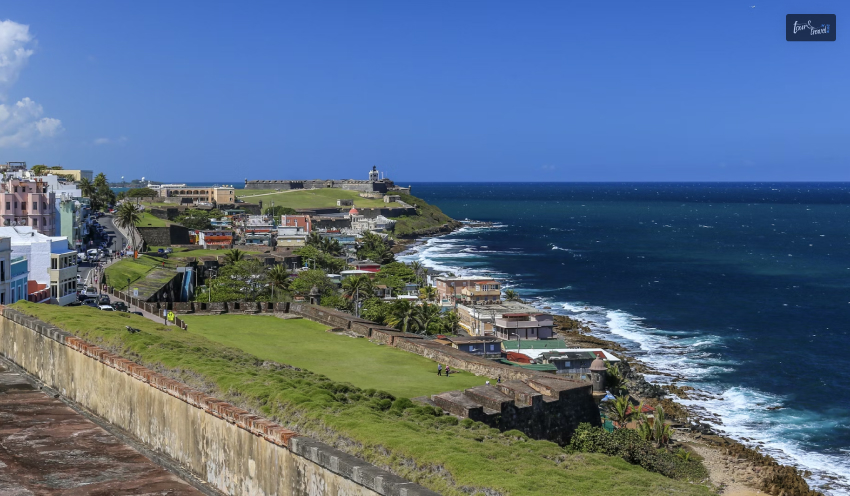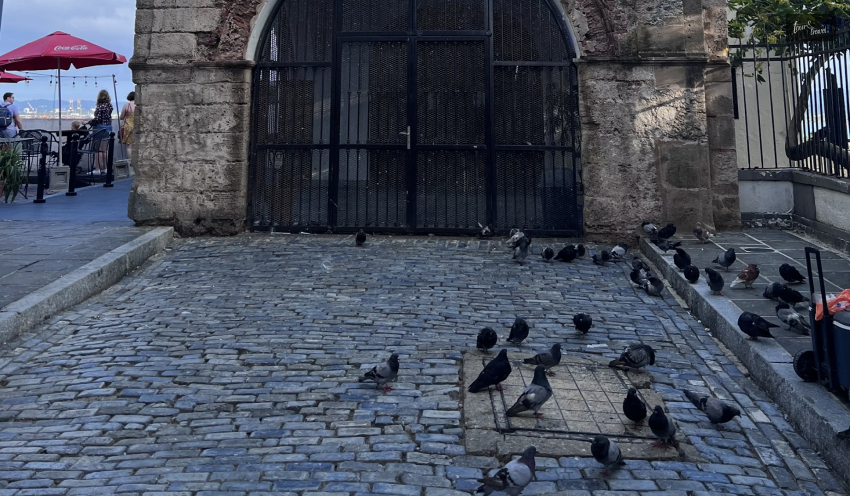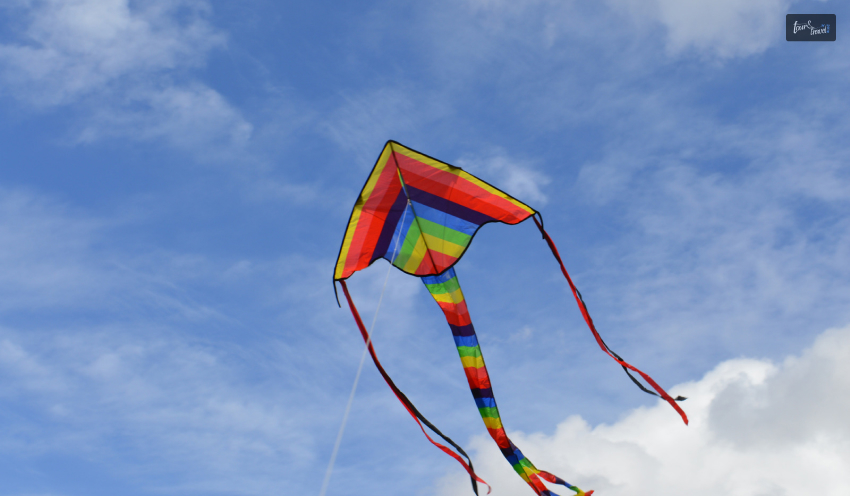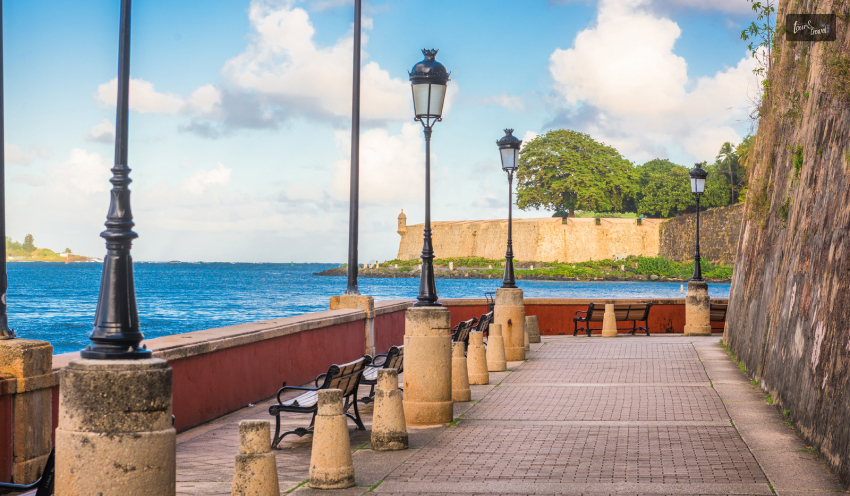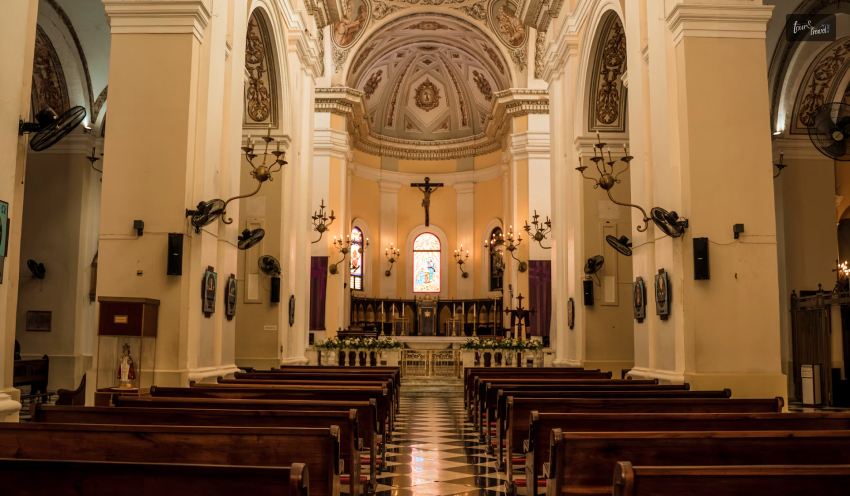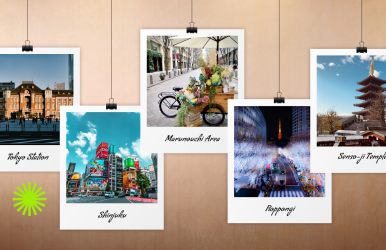Read What is it Like to have One Day in Tokyo!
BY sagnika Mar 20, 2025
Tokyo is a beautiful place, and I feel everyone must visit the place once in their lifetime. With beautiful views of mountains, rivers, cherry blossoms, and more natural elements, you can enjoy the place to its hilt. With me sharing some of the delicious food, the safest and nicest place to stay, and things to do, you can make your plan for one day in Tokyo. Furthermore, the itinerary for a day ensures that you will get a feeling for the place, especially if you have a limited budget. If you are looking for February vacation ideas, this is it for you. Plan it accordingly to create an itinerary that will help you make memories. Read What Is It Like to Have One Day in Tokyo! If it is just for a day, you should choose a place which is at the central location of the city so that you do not waste much time while traveling. I would suggest any place that is on the Yamanote Loop line whether it be Tokyo station or Shinjuku. It will also help you plan correctly whether it is the places, the food, or the location. Tokyo can easily become one of the best places to travel with kids. Let me share with you this information along with some tips that are perfect for your itinerary! Where to Stay! Are you a little worried about your stay, especially if you plan to stay one day in Tokyo? Let me share with you some of the places, you can rest assured it will be both fun and safe. Additionally, you also need to know where to stay if you are living for a longer period. One of the most exotic places to travel, Tokyo is beautiful to visit. Some of the coolest, most interesting, and safest neighborhoods to stay when visiting Tokyo are as follows: Shinjuku In terms of preference, I would say Shinjuku ranks the highest as a location because you will find great transport connections, delicious dining opportunities, and an amazing shopping experience. This place is known for the young crowd hence, the place also caters to them. Starting from foodies to shopaholics, the place can satisfy starting from sudden cravings to planned dinner parties. The most important Yamanote Line is available here hence, it is perfect for you if you have plans to travel regularly. Also, the best bookshop in Tokyo, Kinokuniya is in Shinjuku. Let's not forget that the place can be a little overwhelming with crowds, several bars, and restaurants. So, if you are traveling with kids, it can be a little too much for children, hence, please be a little aware of it. Marunouchi Area/ Tokyo Station Another perfect place to stay if you are not a homebody! The main transport hub of Tokyo is surrounded by great hotels, shops, department stores, and restaurants. If you are someone who loves parks, this is the place for you. There are several adjoining parks, plus you can visit the Imperial Palace. The place can feel a little dead in the evening especially when people are inside restaurants or taking a stroll. However, the more you explore, you will see it is one of the coolest places to be if you are looking for exploration. Roppongi Another place to stay, if you are an explorer. Not just tourists, even the locals prefer Roppongi over other places to stay. The place is sexy with its come-hither feel, Roppongi is known for its glamorous nightlife and delicious dining experience. Be it clubbers or fine diners, Roppongi is rated as one of the most attractive places to be. A cosmopolitan reflection of big money, be it foreign or Japanese, Roppongi shines bright. However, one of the negative points of this place is it is not on the Yamanote Loop line which can be difficult for an explorer. You will have to travel long routes, and you will have to spend more money especially when you cannot access the loop line while staying in Roppongi. Where to Eat! If you are wondering what to eat when visiting Tokyo, let me share with you some of the iconic dishes. You will develop an immersive culinary experience when trying these dishes along with enjoying the beautiful places in Tokyo. Just to be on the safe side, you must have the best travel credit card! It will help you if you are in any crisis. Ramen – There are various ramen dishes, starting from spicy miso to rich tonkatsu. A combination of juicy meat, nori sheets, perfectly cooked egg, and bamboo shoots presents this feel-good hearty broth. Yakitori – This is one of my favorites, the dish is skewered chicken which is of course savored grilled. Mostly, it is seasoned with salt or tare sauce. Tempura – Deep-fried vegetables or seafood, you will fall in love with this crispy dish. Sushi – It is one of the most popular cuisines of Japan, you will get a variety starting from creative rolls to classic nigiri. Okonomiyaki – A specialty of Hiroshima, this dish is a savory pancake with various mix-ins such as cabbage, pork belly, and shallots! It is a combination of an omelet and a pancake. Must See Tokyo in One Day! Go to Asakusa first thing in the morning! You can visit Senso-ji temple which is located near Asakusa-jinja shrine. Then you can take the Ginza subway line which will take you straight to Shibuya, across town from Asakusa. You will have to make the ride for about 30 minutes, so it is better if you grab a seat and relax with a book. You can then take the Hachiko exit after you arrive in Shibuya and walk to the Shibuya crossing. It is one of the coolest shopping districts, now you know where I am taking you? There are a lot of huge department stores offering beautiful products. You can eat something, a snack like Yakitori, Onigiri or Taiyaki the streets so that you are not hungry till afternoon! Most department stores have huge restaurant floors so you can easily have your lunch in Shibuya. It will be a bit rushed in the afternoon; peak time is 1:00 p.m. so try to avoid that time. You can then visit the beautiful Meiji-jingu Shrine which is located west of Harajuku. You have to take the Yamanote line to get there. Furthermore, you can have your coffee at Omotesando to recharge for the rest of the day. Let’s not forget the amazing views you will get from the observation deck of the Mori Tower. You must go to the 52nd floor of the tower to enjoy the beautiful Tokyo city view as the evening falls. There are many bars in the Roppongi district, where you can end your day with delicious meals and drinks. Things to Do in Tokyo! If you have more time, these are the following things that you must do if you are visiting Tokyo. The first thing that I will suggest to you is to visit a few spots popular for their cherry blossoms, mind-bogglingly beautiful. The places are perfect for some alone time especially if you are avoiding the blossom season. Another thing that I feel that you should not miss is the Samurai Restaurant Time show. It shows the cultural side of Tokyo especially with the fun and glitz that the cabaret show brings with it. You can get yourself tickets online from Samurai Restaurant Time to enjoy the extravagant show, memorable for a lifetime. Mount Fuji is another wonder you must not miss if you visit Tokyo! If you are planning to visit Mount Fuji, try to do so in the daytime! There are several places from where you can enjoy the beautiful views of Mt. Fuji. You can also add visiting Lake Kawaguchiko because the view you see of Mt. Fuji from here will not be available anywhere. You can go fishing, hiking or cycling or read a book sitting under one of the trees enjoying the view. There are also several museums around the lake, you can go check them out. Tips to Make Your Trip Memorable Buy a Universal adapter because the plug sockets in Japan are different. Bring Charger and Charger cables because you need to charge your cell phone regularly. The same applies to your laptop and Kindle. Try to carry your phone Bank especially if you have plans to take pictures on your phone. With our social media platforms becoming the journal of your life, posting pictures, videos, and reels is a must. Get a data-only Japanese SIM card because it is better than having the roaming services on the existing SIM. Carry your medicines when visiting Japan but be a little careful when carrying them. Japan has some strict regulations on common drugs, psychotropics, opioids, and others. Having a travel first aid kit is a must when traveling to Japan. Carry basic medications such as flu, cold, diarrhea, rashes, painkillers, and others, sanitary pads, tampons, gel and Razors. How can you forget deodorant or perfume when traveling? It is one of the most important toiletries apart from your moisturizer, sunscreen, shampoo, shower gel, toothpaste, and others! You also cannot forget sunglasses, a warm jacket, scarves, and a hat! Carry cotton and linen clothing, athleisure, and sportswear. Try to avoid denim because it holds onto moisture! Carry lightweight, comfortable walking shoes. Drying towels are necessary, so carry them in packs! Wrapping Up! In conclusion, there are several places in Tokyo that you cannot miss when visiting! If you are visiting for one day in Tokyo, read the article to learn more about the places you can stay, the food you can eat and the things you can do. Comment below to let us know which are the places you want to visit and why! Apart from deciding the places you want to go, what is more important is how you can enjoy your trip to Tokyo, be it for a day or a week. Also read Top 10 Most Popular Paraguay Food That You Must Try. Top 13+ Famous Wonders Of India That You Must Visit.

